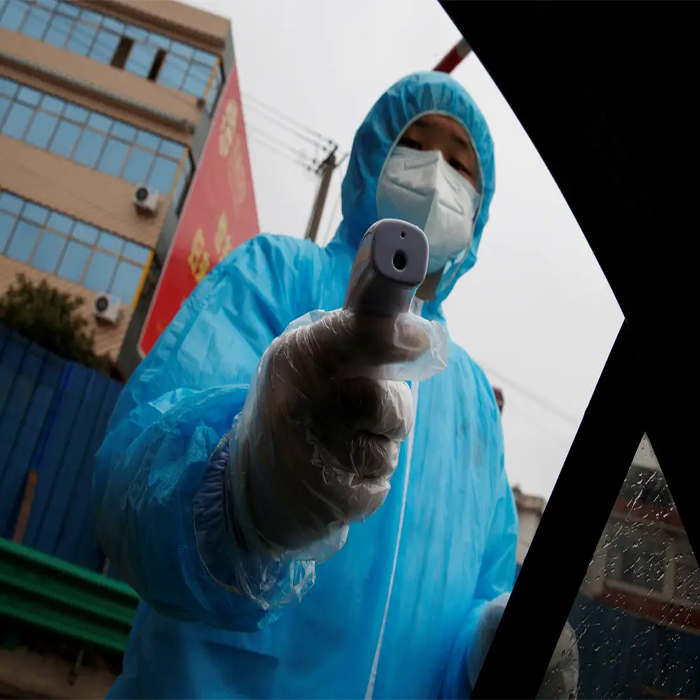Nurses and other medical practitioners are out there risking their lives fighting against COVID19 ( the Novel Coronavirus ) with a limited stock of Personal Protective Equipment ( PPE ) while we wait for a vaccine or a cure. At such a time, we can help ease their burden by carrying simple checks like temperature, which is one of the symptoms of Coronavirus. Research suggests that placing a thermometer in or on any body part, including your forehead, is the most accurate way to measure temperature. Governments cannot accomplish such a task in mass numbers, but individually, you can carry out a self-examination. However, looking for signs of fever is not easy, but it is doable.
First, you need to find the right apparatus, and our collection has a forehead thermometer for adults and kids. The CDC, Centers for Disease Control and Prevention, is advising people to check their temperature regularly, especially those exposed to the Coronavirus (the recommended times include twice daily). Remember that touching your face is not advisable without cleaning and sanitizing your hands. So, taking your temperature can be a challenge. However, the most puzzling thing is interpreting the results because the forehead thermometer produces different readings. Scientists guarantee its accuracy, but if you detect errors, use another thermometer or seek medical attention.
Here is something you should know while checking your temperature if you feel you are affected with COVID19. The average body temperature is 37.0 °C (98.6 °F), but it varies among people. The normal temperature ranges between 36.5–37.5 °C (97.7–99.5 °F) while that of fever accounts for more than 37.5 or 38.3 °C (99.5 or 100.9 °F). In general, you have to look out for temperature rising above 100.5 Fahrenheit. Consider the timing as well because some people with fever affected with Coronavirus may not register a rise in temperature in the morning but do so in the afternoon. The difference in results occurs because morning hours are cooler than in the afternoon.
Checking your temperature takes only a few minutes, and you can accomplish it in the comfort of your home. A forehead thermometer calibration will help you know whether you have a fever or not. Place the apparatus at the center of your forehead and slide it across towards the top of the year. Do not let the thermometer cease contact with your skin until you reach the hairline. Newer forehead thermometer models do not require such a process, and their temperature readings process in less than 2 seconds. During this corona pandemic, let us help our nurses, doctors, paramedics, and other physicians.











